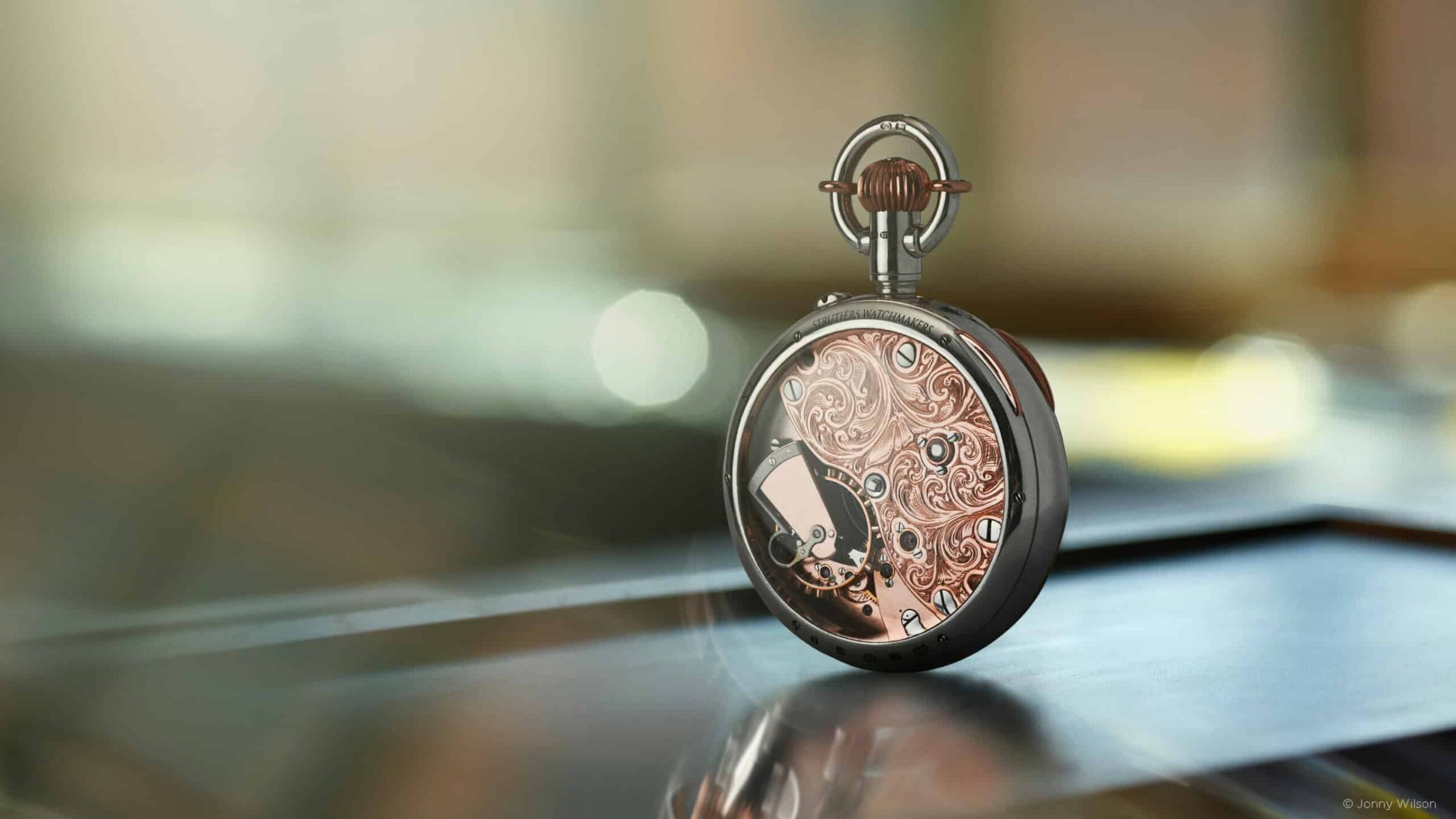Becoming a photographer takes passion, dedication, and the ability to handle rejection and lack of inspiration. In this interview, Jonny Wilson, 26 years old and currently on the incline of his career, walks us through his journey and aspirations in photography. Talking about how different parts of his life influenced his personal style and choice of camera equipment, you will also get insights on how he photographs his signature exploded views of watch movements.
What would you say is the best and worst part about being a photographer?
Having that sense of accomplishment and positive client feedback when a project is finished is very rewarding. I really enjoy the networking side. Although, that also comes with its downsides such as rejection, inspirational struggles, and worrying about too much or not enough workload. So, you see there are some bad parts about the job. However, it is mainly overshadowed by my curiosity to explore the art and technical skills behind photography.
What motivates you to work as a photographer day in and day out?
My ambitions for my photography career are endless.There is still so much on the horizon, and I am ready. It starts with having a large studio space with employees and potentially students to teach about photography. I am also on the quest of defining my style. So far, I would say that my images are very detail focused, clean and technical. I have curated a solid group of clients in my portfolio, so it will be my next step to really define my work. For instance, the technique behind my exploded view images of watch movements.
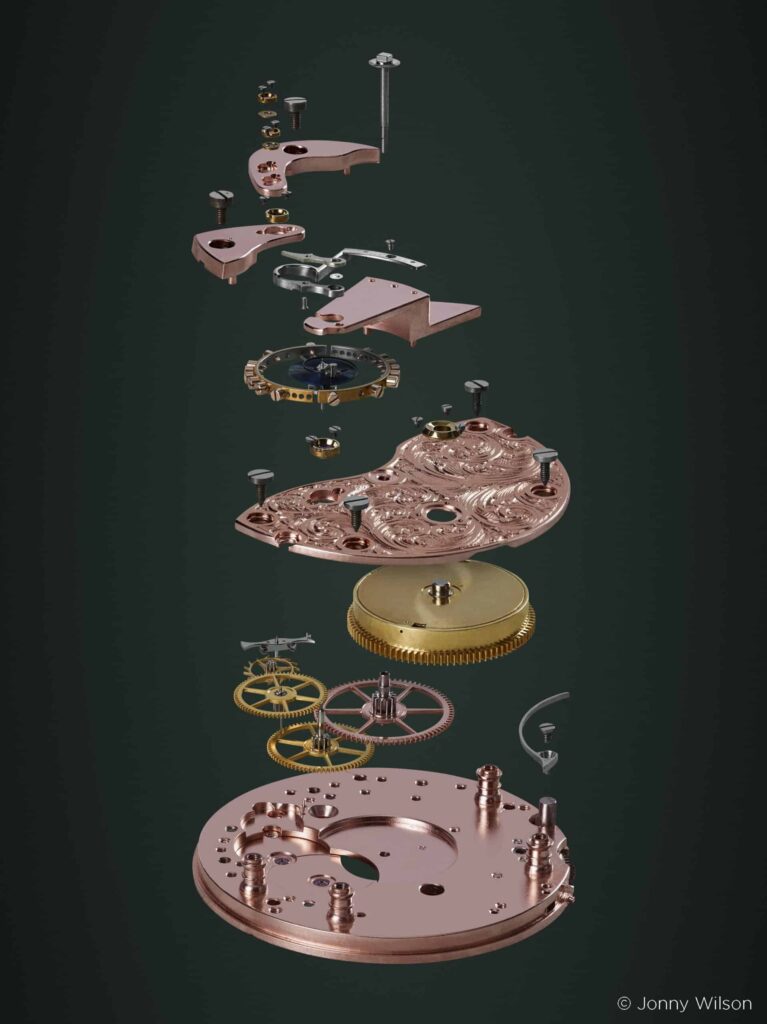
Exploded views of product photography
What made you photograph these images?
In my early 20s I worked at a jewelry shop and the idea came up when I was selling these high-end watches. A lot of the value is in the watch movement and seeing these little pieces working together is not only incredible craftsmanship, but simply an impressive sight. I really wanted to demonstrate these complex movements but had no way of really showing them. After 2 years I finally had the skills and the equipment to pull of the image that I wanted to create. The results were printed on a 1-meter-large image, so you can really see all the little parts in a high-end fashion. After the first project other watch brands became aware of it and so I continued working on it.
Why did you decide to make it your specialty?
It has challenged me a lot and that in return elevated my photography skills. I had to put in a lot of patience and attention to detail. Besides that, I think it is quite a unique take on watch photography and I haven’t seen something similar. For me it combines my love of watches and horology with technical photography and of course it has made my photography interesting for potential clients.
What technical skills does it require?
Well, it starts from meticulously pre-planning each perspective and changing them for each component so that they appear more natural and not a single plane. You need a good eye for detail and a feeling for how to light these very small components. The most important feature to depict these small details is focus stacking. If I would need to do this manually, it would take me forever. So, the high resolution and the focus stacking from my Phase One camera are more than necessary to achieve these exploded views.
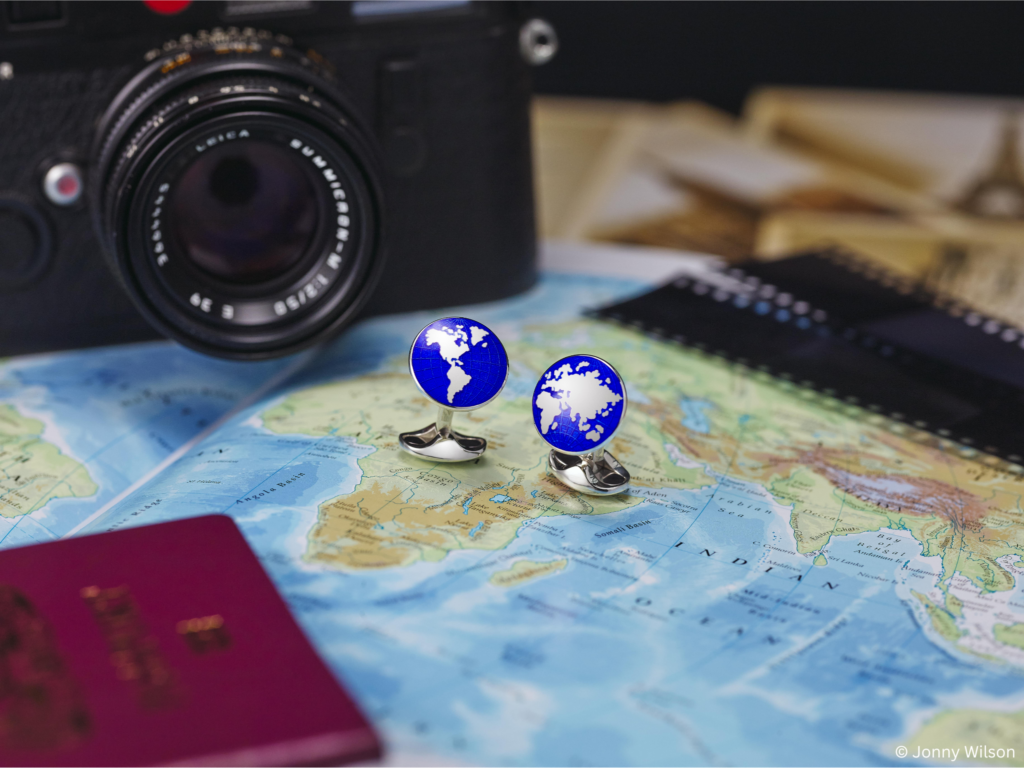
Journey with Phase One
How did you get to photograph with medium format?
Well medium format is the right choice when you have high standards in terms of image quality and need to be very detailed and precise in your work. Some of the screws in a watch are only 1mm in size and I need to see the thread, so that I can edit them accurately into the image. During a workshop at my university, I was introduced to the Phase One quality. Since then, I knew that with my career goals, there would be no way around medium format. I tried working with other medium format cameras, but ultimately preferred the Phase One’s ease of use. My first investment was a preowned Phase One 645DF with an 80mm Schneider Kreuznach lens and a P40+ back. From then I have upgraded myself to a more advanced kit.
What do you like about working with the Phase One?
Of course, the focus stacking feature is incredible, and I wouldn’t want to miss it. For product photography in a studio the Phase One camera is ideal, because it allows me to have a very structured and effective workflow. The Leaf Shutter is great as it’s design reduces vibration and allows me to sync my flash at shutter speeds higher than the Focal Plane Shutter so I can overpower daylight.
How does it enhance your workflow?
Without the Phase One I would not be able to give justice to the design created over months by the watchmakers. I save a lot of time through the focus stacking feature, since I only need to set the parameters without manually going through each image. Getting that level of detail also makes my editing process easier. When I have done a stack, I can select the entire sequence and edit it in Helicon Focus straight from Capture One. This means I don’t have to waste time with exporting. The whole workflow with Phase One and Capture One is streamlined. All in all, working with my Phase One gives me better control of the process with more impressive outputs.
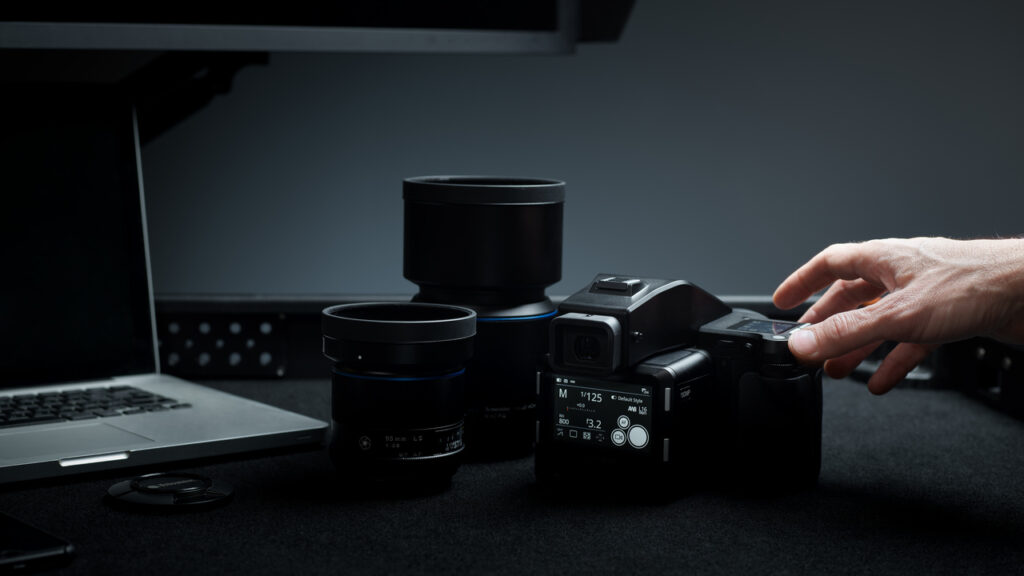
About the Phase One IQ4 and focus stacking
The XF IQ4 camera system is our powerhouse for professional photographers, offering a multitude of useful features to enhance your studio workflow. The focus stacking tool, as mentioned by Jonny, is extremely valuable when you need to shoot macro images such as jewelry that both requires a great depth of field and ultimate levels of detail. The benefits don’t stop there, the XF also offers a customizable workflow, built-in flash control, automated sequencing tools, and powerful analysis tools. Created on the ever-expanding infinity platform of the IQ4 digital backs, Phase One is dedicated to keep innovate these features.
Want to experience our product range or upgrade your kit?
Get in touch with our Phase One experts, who will consult you about how the Phase One equipment can elevate your photography and workflow.

Photographer Stories
Karen Culp
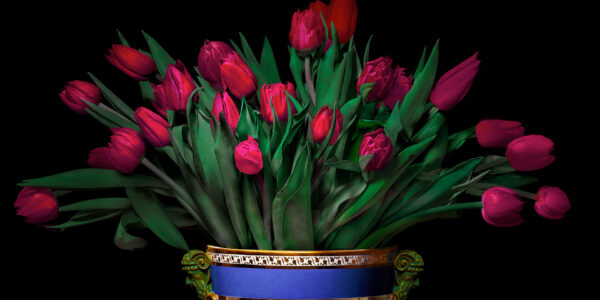
Photographer Stories
T.M. Glass: Flower portraits
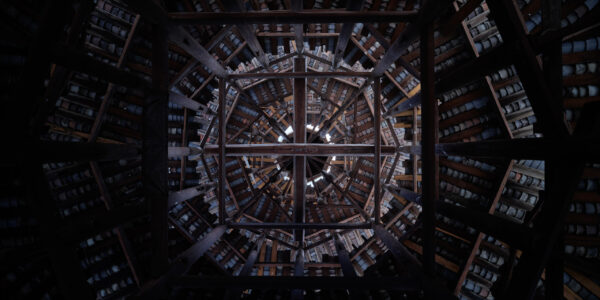
Photographer Stories
Preserving ancient Chinese buildings – Dong Village
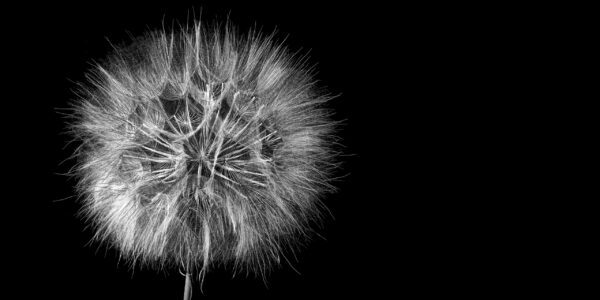
Photographer Stories
Jeff Puckett – The Art of Photogravure
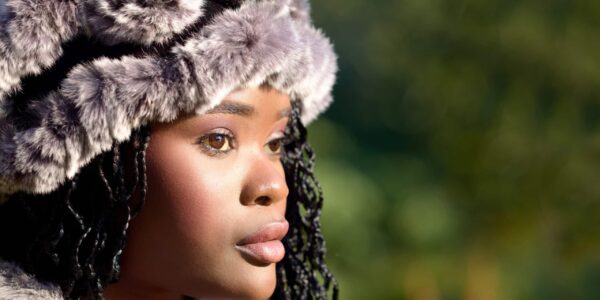
Photographer Stories
Carollyne Sinclaire – A Portrait of the Heart
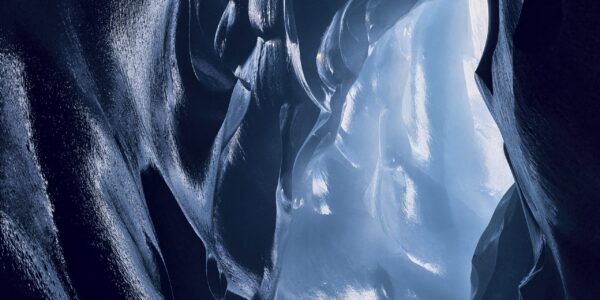
Photographer Stories
A photograph can freeze time. Can it also mobilize human action?
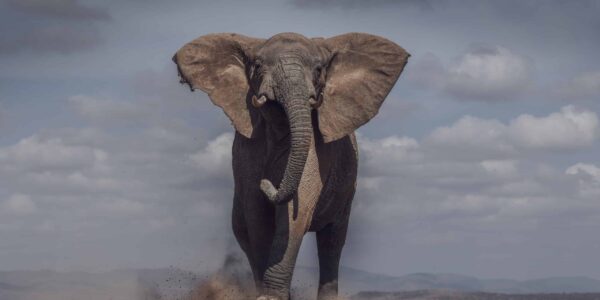
Photographer Stories
Guadalupe Laiz – Up Close and Personal
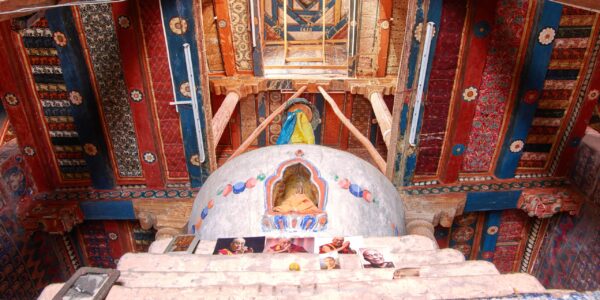
Photographer Stories
How Did a Remote Himalayan Monastery Show Up in New York City?
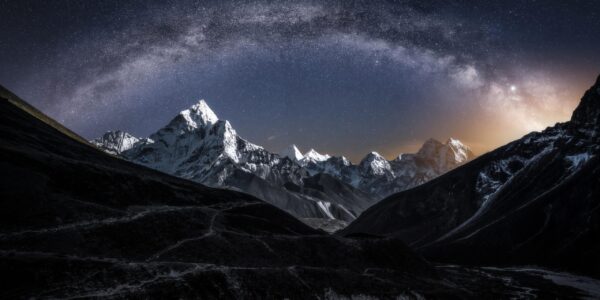
Photographer Stories
Thomas Biasotto Moments beyond Imagination
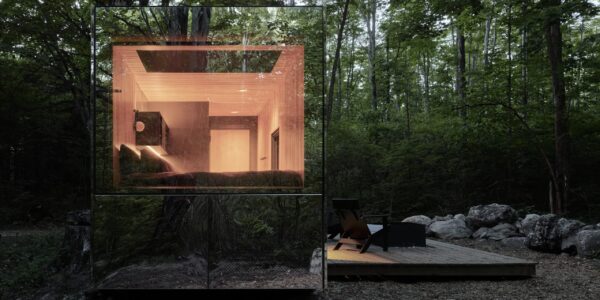
Photographer Stories
Photographing the invisible
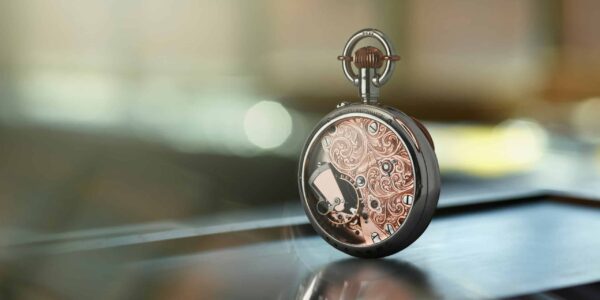
1-Minute Inspiration
Young and Hungry – Upgrading your career and kit with Phase One
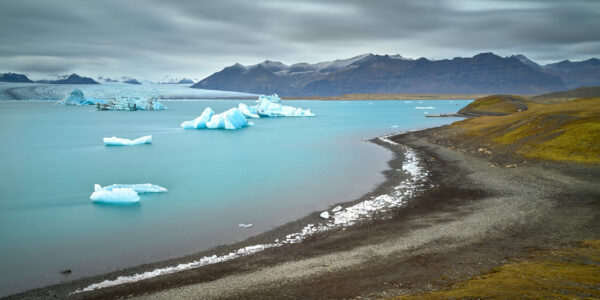
Photographer Stories
Iceland through the lens
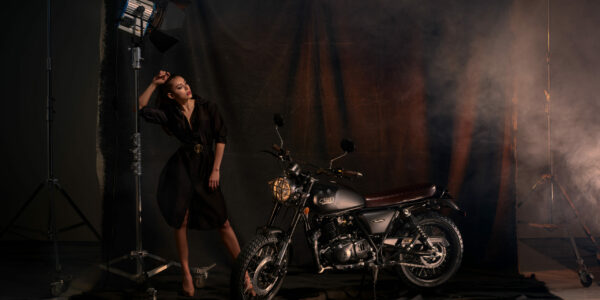
Photographer Stories
Composing soft even lighting in photography
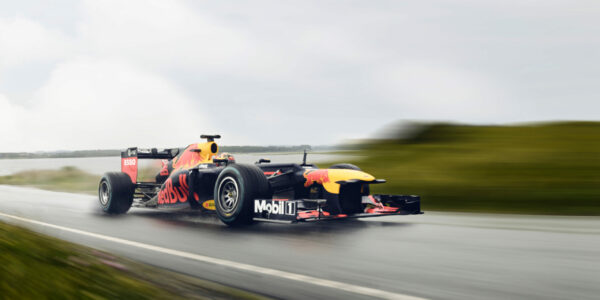
Photographer Stories
Capturing that Split Second – A Formula 1 Car Photo Shoot
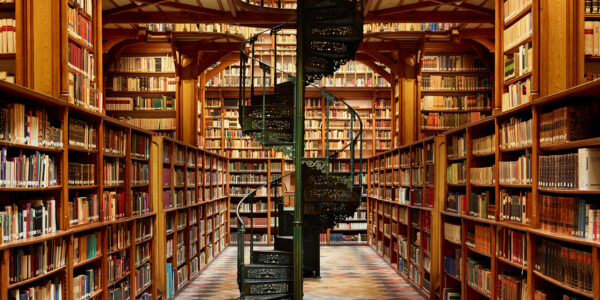
Photographer Stories
Cathedrals of Knowledge – Photographing Tranquil Oases with Daniel Zielske
